Author: Kolendo-Smirnova Anastasia – Psychologist, hypnotherapist. Specialist in working with psychosomatics, author of psychological games “Psycho”, “Psychosomatics” and others, author of books, metaphorical cards, trainings, training courses, articles, member of the Eastern European Association of Hypnotherapists and Clinical Psychologists.
Specifications: hardcover, 128 pages , 2019
Publisher: Variant
In the book “How not to get lost in the labyrinth of psychosomatics, but simply get out of it!” The author, who specializes in working with psychosomatics, shares his personal experience of struggling and overcoming symptoms, and also, using examples from his professional practice, shows possible ways out of the “labyrinth.”
The book will help both specialists and laymen navigate the complex intricacies and theories of psychosomatic direction. The reader will find in the book both an easily and accessible theory, as well as practical techniques that can be used both independently and in professional activities.
In the book you will find:
- Description of how a person discovers symptoms and what actions he takes to solve the problem
- What actions in healing a psychosomatic symptom do not give results
- What needs to be done to take the path of healing
- Many examples from the author’s practice, as well as personal experience
- Psychological exercises and techniques
This publication will be of interest to:
- Anyone interested in this topic
- Those who have a psychosomatic symptom and nothing helps in the fight against it
- Those who want to independently understand the causes of their psychosomatics
- Beginners and already practicing psychologists who are just starting to work in this area
- Professionals who are interested in the point of view of a colleague specializing specifically in psychosomatics
- Anyone who needs specific tools with which to start working with a psychosomatic problem
Quotes :
“Here is a classic version of how people end up in the labyrinth of psychosomatics. Moreover, this happens, most often, at a completely unexpected moment for a person. At least that’s what he thinks. Suddenly a certain symptom appears: pain in one of the organs, suffocation, nausea, palpitations, etc.”
“A man opens a door that, as it seems to him, leads to freedom. He is fully confident that there is long-awaited space around him, and the passages of the labyrinth are left behind. But this… is just a feeling! In fact, he stands in a huge labyrinth hall, on the walls of which pictures of reality are projected. Illusion. Blende. Fantasy. Anything, but not objective reality. Although you can live inside these illusory walls your whole life without understanding the essence of what is happening.”
“If we return metaphorically to the labyrinth, then we can imagine this inconsistency as the desire to get out of it and the desire to stay in it. After all, in the fact that a person is inside a labyrinth and walks through it, one can also find pros and cons, benefits, and meanings. What are they?”
It is worth purchasing this book because:
- It is written by a specialist in the field of psychosomatics in an accessible language
- The book allows you to independently understand the complex theories of psychosomatics
- A huge number of practical examples and exercises to perform
- The book not only answers the question “What?”, But also answers the question “How?”
< /br>









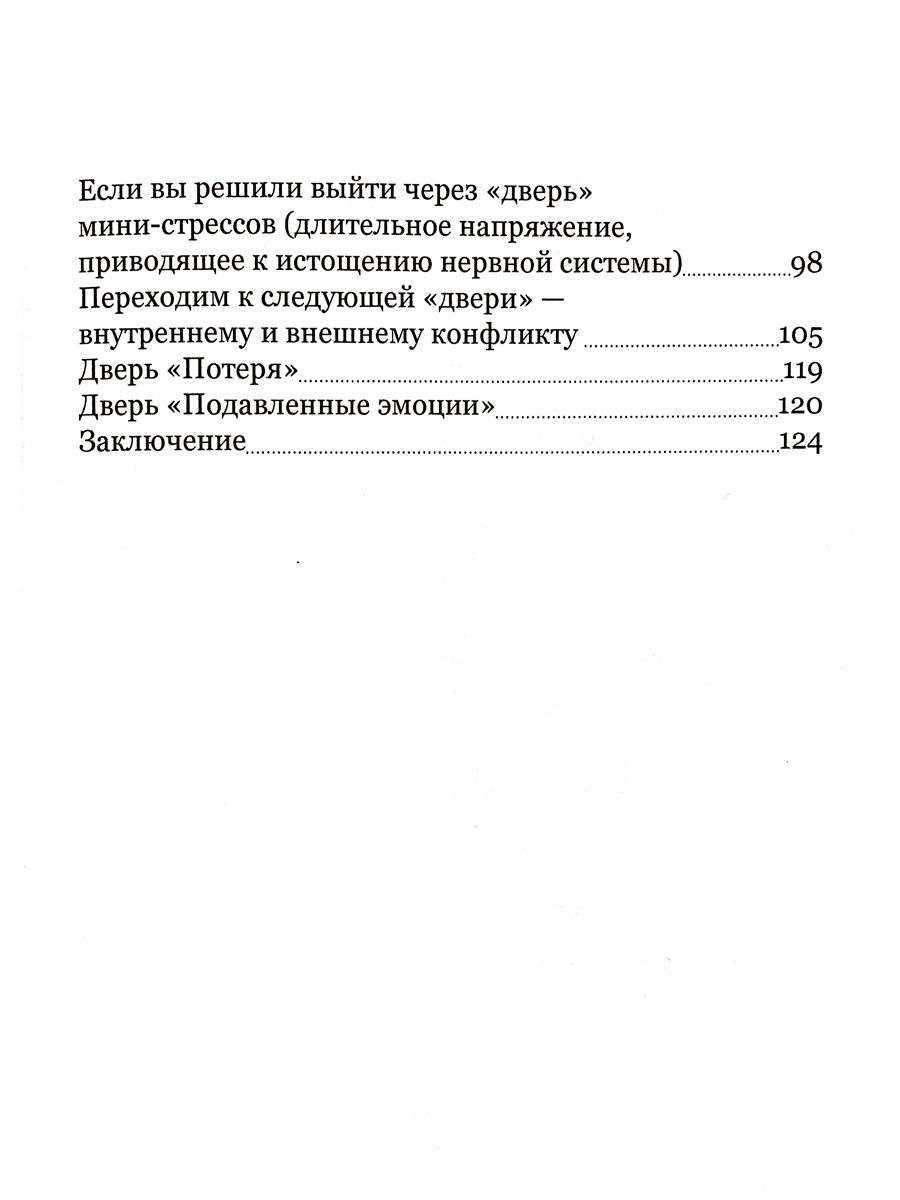

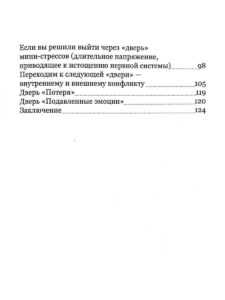

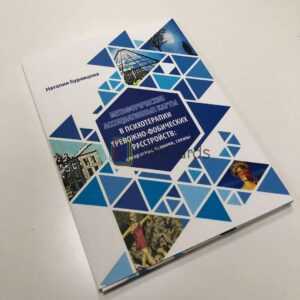





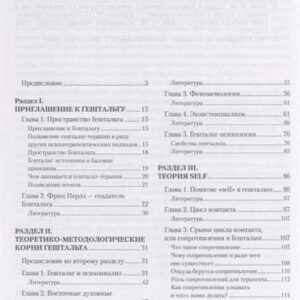



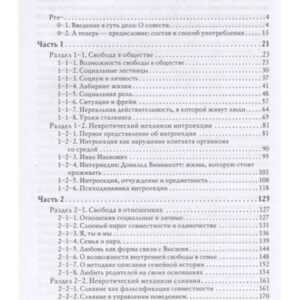

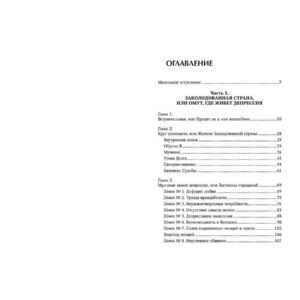



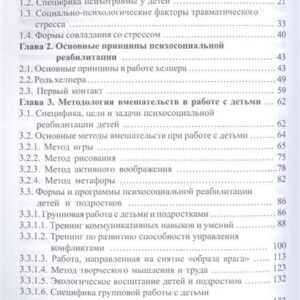

Reviews
Clear filtersThere are no reviews yet.